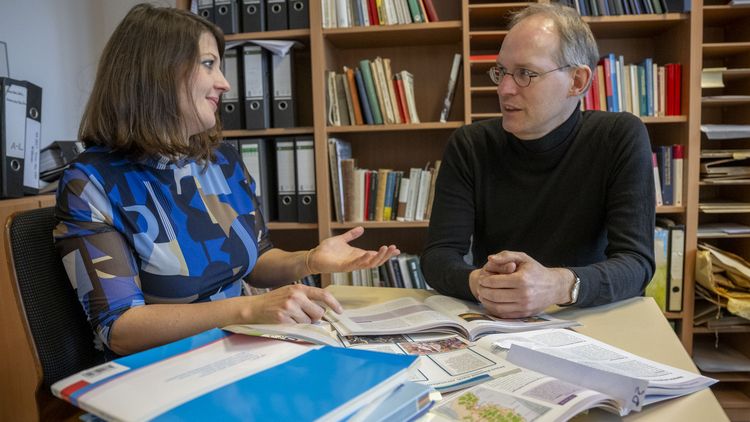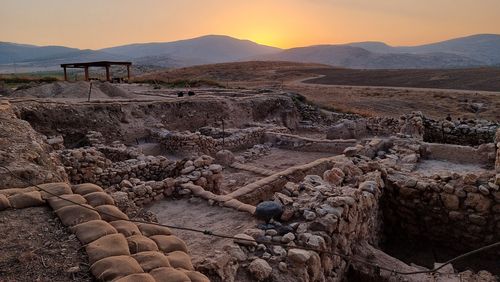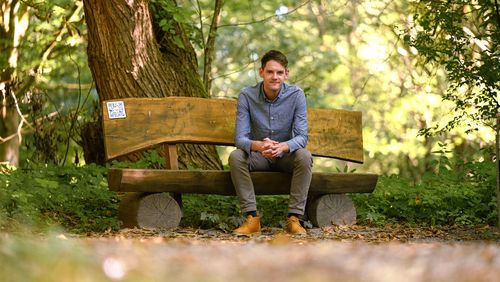Materials for school lessons are a mirror of society. Researchers in religious education have been analyzing for years how textbooks on religion - subliminally and usually unintentionally - convey anti-Jewish narratives.
You recently co-organised a conference in Berlin that dealt with antisemitic narratives in school textbooks. How do such problematic interpretation patterns find their way into teaching materials in the first place?
Joachim Willems: Textbooks are a mirror of society: it is scientifically demonstrable that they reflect many of the stereotypes and prejudices that are established in society. All of us – including people who produce educational materials – are entangled in antisemitic narratives which we pass on unintentionally or even despite our best intentions.
Ariane Dihle: Materials with this kind of content, even if they only implicitly reference antisemitic narratives, can confirm or even reinforce antisemitic attitudes – especially among those who are already familiar with these narratives from their environment outside school. School is a place where knowledge is constantly reproduced and passed on to the next generation, so it can also be a key place for countering certain narratives.
We naturally don’t want these narratives to be repeated, but could you briefly outline what problematic depictions of Judaism can still be found in German-language religious textbooks today?
Willems: There are educational materials that portray Orthodox or ultra-Orthodox Judaism in a way that contributes to young people perceiving it as something “alien” rather than in all its diversity, for example. If religiosity is then also presented as stringent and restrictive, this can devalue Jewish religious practice. An example of this is dietary restrictions and religious holidays being portrayed as an obstacle to shared activities with non-Jewish people.
Dihle: We have also observed a focus on the history of persecution of Jewish people, a victimisation: Judaism is not discussed as a living religion in Germany, but is taught primarily in connection with the Shoah. This leads to people perceiving Jewish-German history as a history of opposition, which also makes Jews seem historically alien. And partially false narratives are repeated in the process.
Can you give examples?
Dihle: One prominent example is the alleged social envy that led to the pogroms in the Middle Ages. These pogroms are sometimes explained by pointing out that it was forbidden to charge interest in Christendom, with the result that Jews who worked in banking incurred the people’s wrath by charging high interest rates. But it has been proven that this is historically incorrect: Christians were allowed to charge interest and were active in the banking business, and many Jews in the Middle Ages certainly didn’t belong to the upper class. So there was no reason for social envy. What’s more, this attempt at an explanation implies a reversal of blame that exonerates the perpetrators of antisemitic pogroms.
Willems: For lessons in Christian religious education, the fact that Jesus was Jewish poses a special challenge: Christianity emerged from Judaism and is therefore also the result of a process of demarcation. That from which one sets oneself apart is often distorted in an attempt to present oneself in a more positive light. Textbooks often present Jesus in a way that puts him in strong opposition to Judaism, rather than showing him as a Jew in his Jewish environment. This can foster antisemitism. Teachers who discuss the crucifixion narrative in class should make sure that “the Jews” are not blamed for Jesus’s death. This would not be historically correct: only the Roman authorities could impose the death penalty by crucifixion.
Ensuring that Judaism is portrayed differently from the way it has been so far in educational media is something that researchers, among others, have been working on for decades...
Dihle: It’s certainly not a new topic. To bring about change, the University of Oldenburg’s religious education department has long been involved in the network NARRT, it is a network for religious education and theology that is critical of antisemitism and racism. This means we speak to the people at church authorities who are responsible for authorising religious books, and we also advise publishers. Unfortunately, not all our advice is heeded.
Willems: We also pass on our knowledge to teachers in training courses. And of course, the young people studying at our university to be future teachers are key. We see criticism of antisemitism as an overarching topic, so we hope that our graduates will bring the corresponding awareness to their future schools and places of work.
What is important for school lessons in view of the war in Israel?
Willems: Now more than ever it is vital to take a look at how Israel is talked about in the classroom. If Israel is portrayed merely as a centre of conflict, that is problematic. Of course, this is an issue that is relevant not only in religious education, but also in other lessons such as history and politics.
Dihle: To give a concrete example: at the most recent conference we discussed a book about religion in which Israel only appears under the heading “Religious fanaticism and fundamentalism”. The book was authorised just this summer and therefore probably won’t be revised for several years. Young people in Year 9 and 10 learn about Israel’s settlement policy, but they don’t learn that this is also considered problematic by sections of the Israeli population, nor do they learn anything about the terrorist organisation Hamas.
Interview: Deike Stolz





